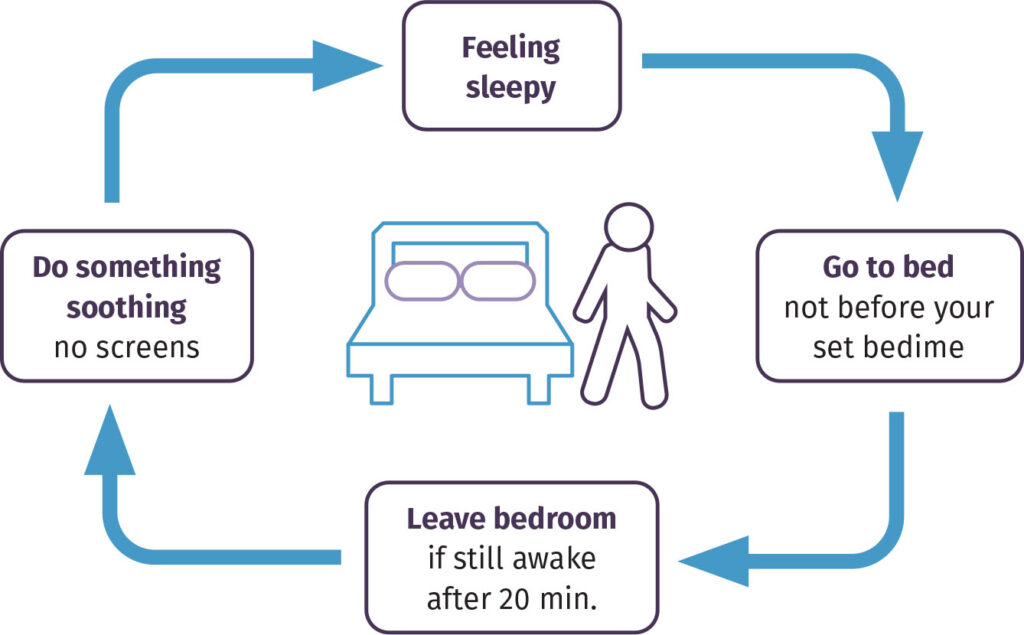Some call it sleep therapy. Its full name is cognitive behavioural therapy for insomnia, which is a bit of a mouthful and makes it sound kind of complicated. We call it CBTi. CBTi uses a non-medication approach that helps get your sleep back. It is an effective technique for treating insomnia, especially for people who experience long lasting types of insomnia, not just sleep difficulties that last one or two nights every now and again.
CBTi is officially recommended as the initial (or “first-line”) treatment of insomnia. Compared to sleeping pills, CBTi is more effective, with long-lasting benefits, is much safer, and is less costly than taking sleeping pills for months or years. CBTi is effective for people who are taking sleeping pills and can help to reduce the need for them.
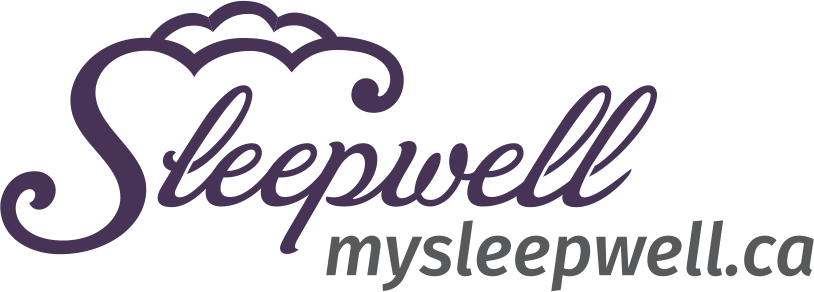


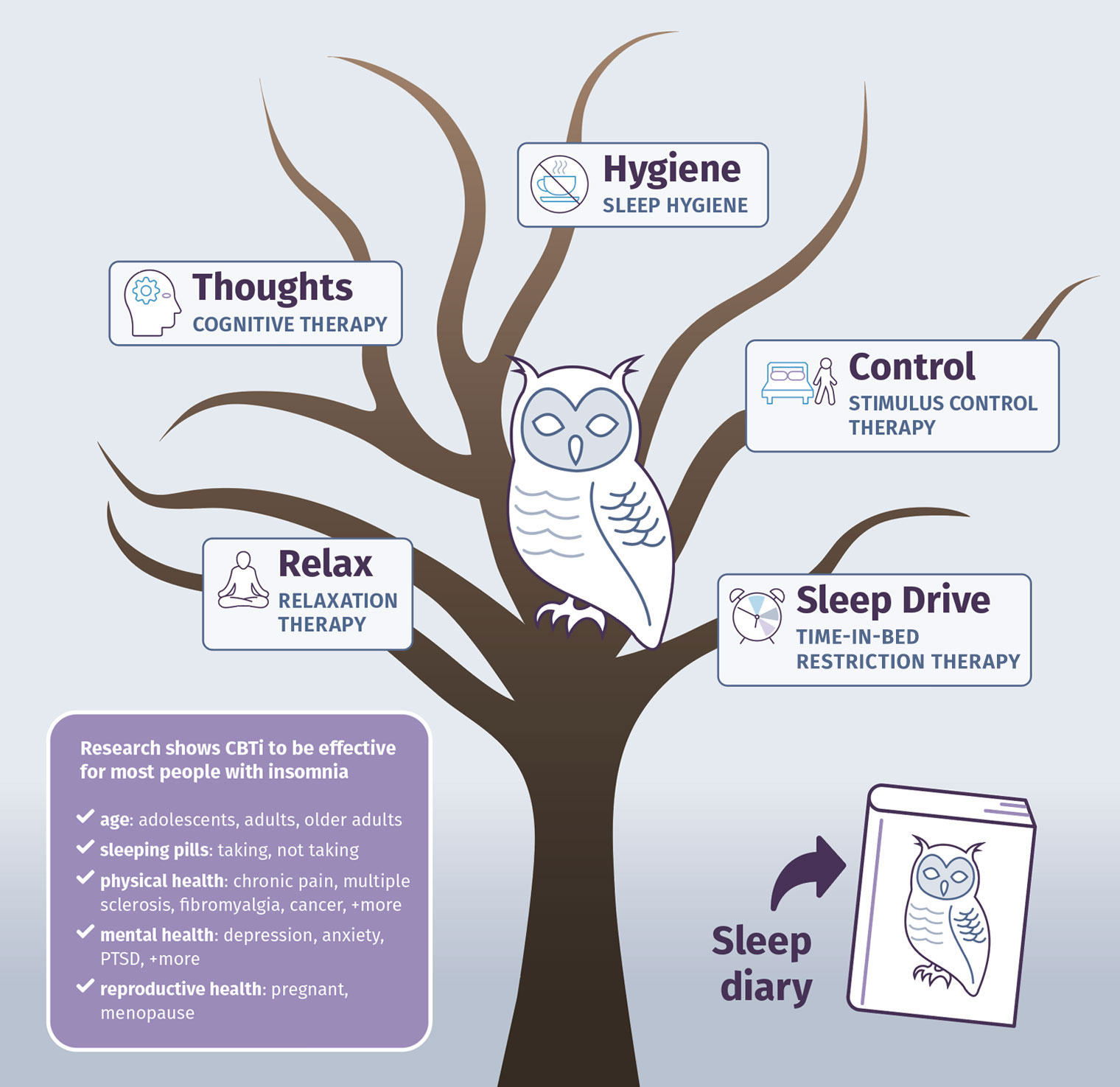
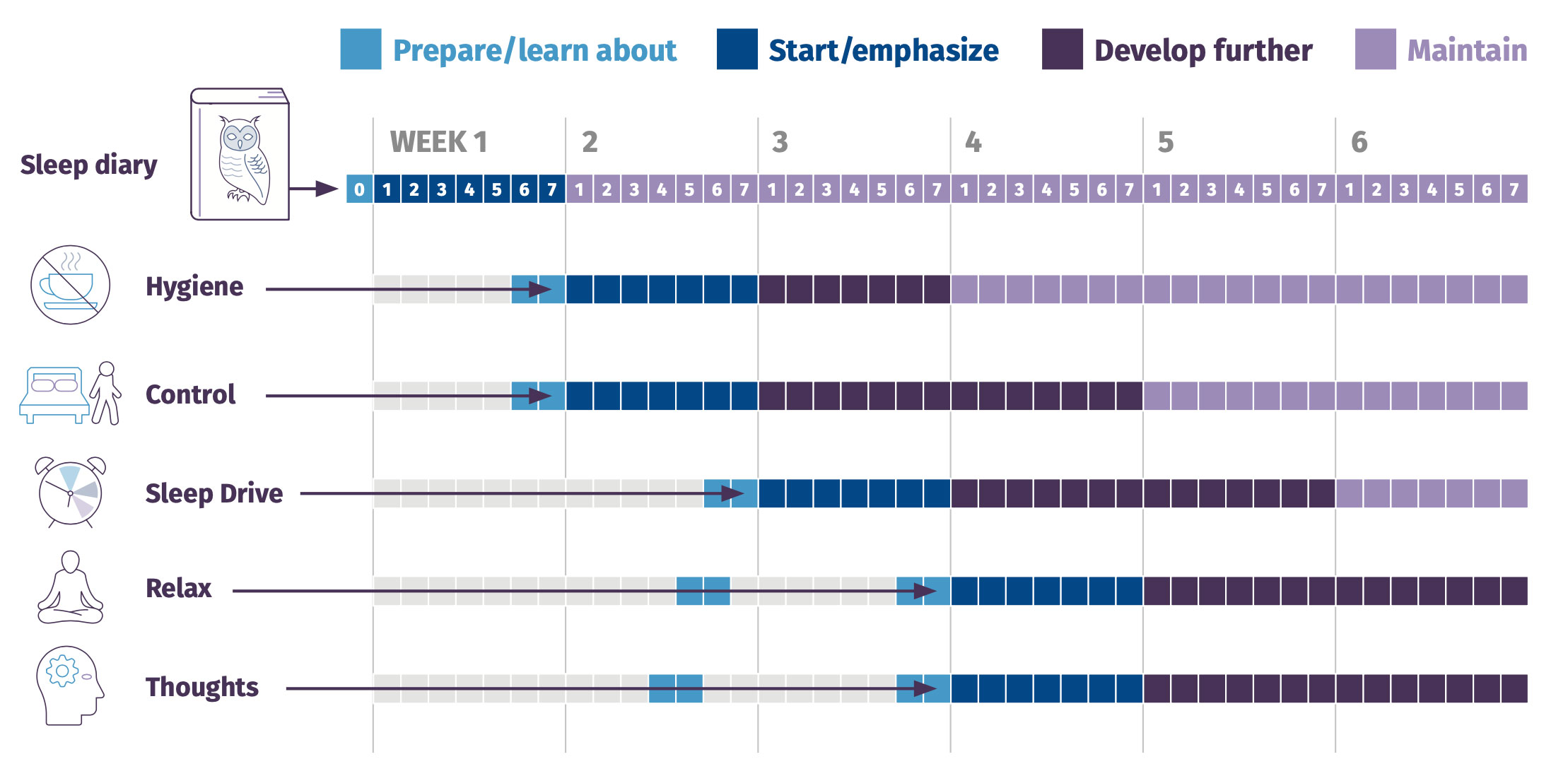
 Most people with long-lasting periods of insomnia should use CBTi. It is effective for teens and adults of all ages with or without other health issues. CBTi is effective for people who are taking sleeping pills and can help to reduce the need for them.
Most people with long-lasting periods of insomnia should use CBTi. It is effective for teens and adults of all ages with or without other health issues. CBTi is effective for people who are taking sleeping pills and can help to reduce the need for them.  Psychosis
Psychosis Not taking sleeping pills
Not taking sleeping pills